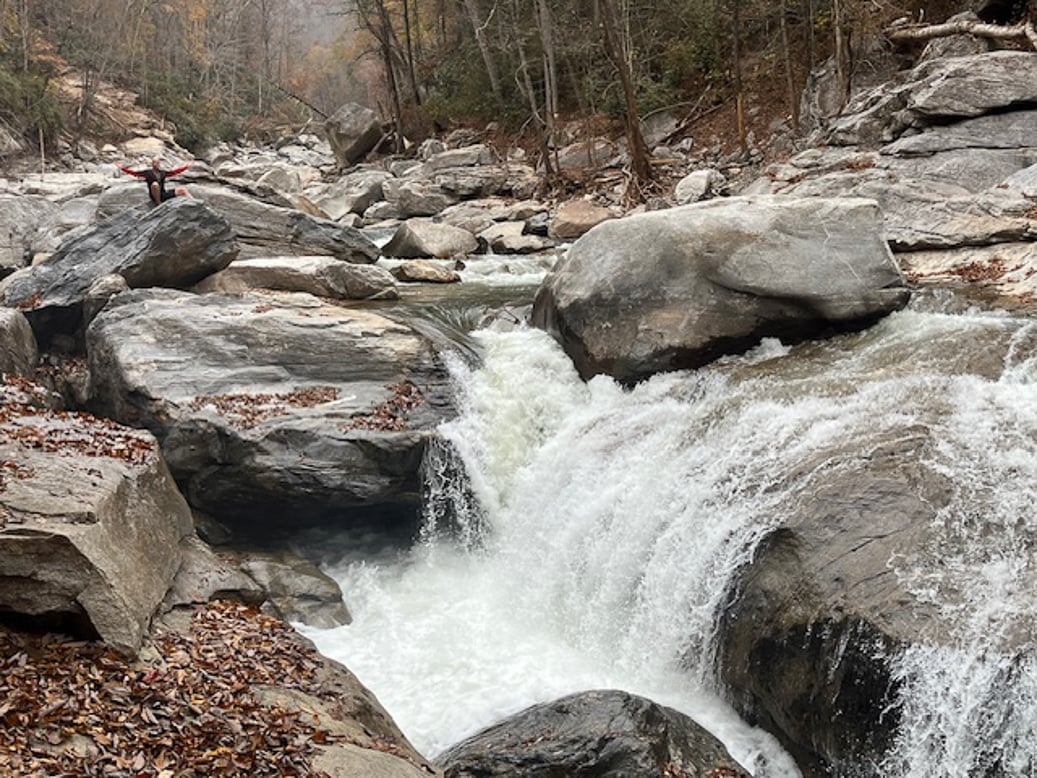"November 2, 2024 would’ve been the 29th annual Green Race, an event that draws thousands from all over the world to watch whitewater [boaters] race a stretch of Class V rapids on Western North Carolina’s Green River Narrows.
"Instead, paddlers rallied for a river clean-up day and memorial for the Green River as they knew it after floodwaters from Hurricane Helene altered the river beyond recognition."
. . . .
“'Probably 97% of the rapids on the Green changed, and three percent are intact,' Gragtmans estimates. 'Maybe less. It’s basically become a very young geological river bed. Sediment is going to fill in and rocks are going to roll.'
"Overall, Gragtmans estimates that the river has likely become more difficult and more consequential."

 paddlingmag.com
paddlingmag.com
"Instead, paddlers rallied for a river clean-up day and memorial for the Green River as they knew it after floodwaters from Hurricane Helene altered the river beyond recognition."
. . . .
“'Probably 97% of the rapids on the Green changed, and three percent are intact,' Gragtmans estimates. 'Maybe less. It’s basically become a very young geological river bed. Sediment is going to fill in and rocks are going to roll.'
"Overall, Gragtmans estimates that the river has likely become more difficult and more consequential."

First Descent Of The New Gorilla
November 2, 2024 would’ve been the 29th annual Green Race, an event that draws thousands from all over the world to watch whitewater kayakers race a
